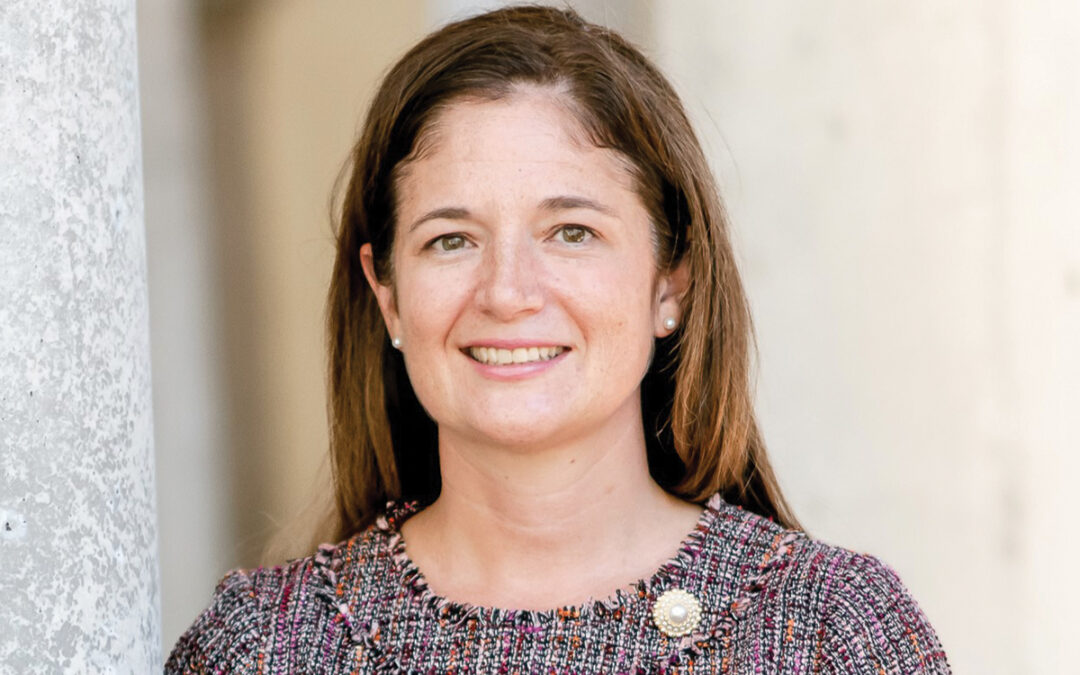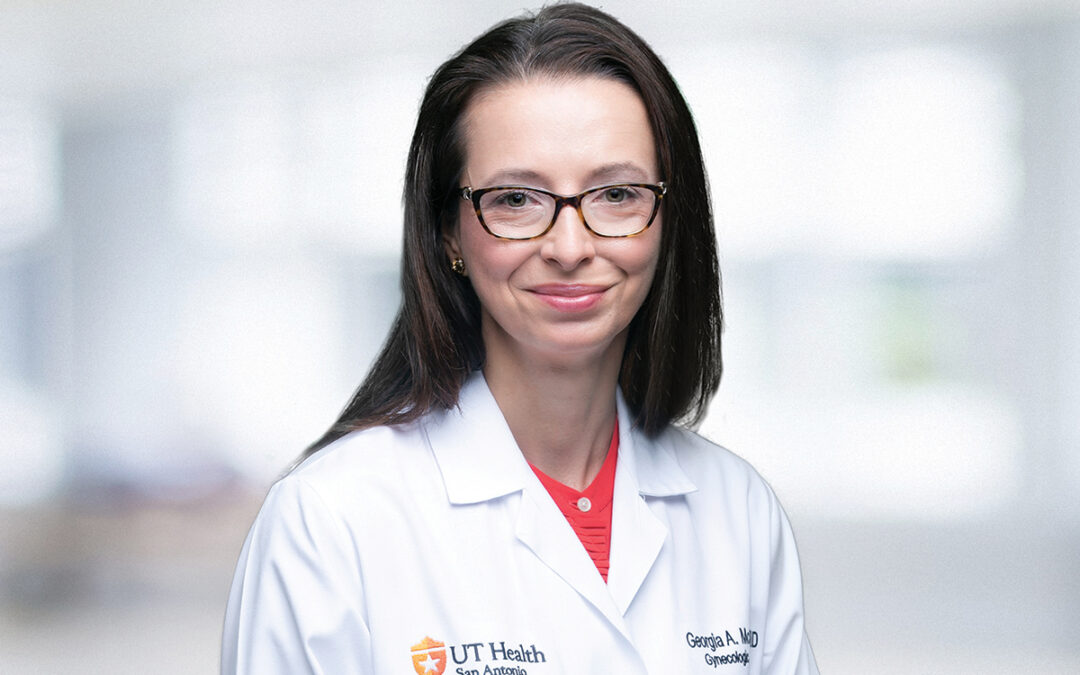The adage “When momma’s not happy, ain’t nobody happy” can also be applied to Mother Earth. She’s giving us all kinds of passive aggressive and sometimes downright aggressive signals that our guardianship has been less than stellar.
Normally the Health Matters section of SAN ANTONIO WOMAN focuses on wellness and prevention with regard to the human body, but since this issue coincides with Earth Day (April 22), we thought a prescription for environmental health was in order.
Here are 10 ways you can improve the health and well-being of our fair planet. Try one, or better yet, try them all and carry the spirit of Earth Day into your everyday life. Your body, your bank account (in some cases) and your mother will thank you.
RX #1:
CHOOSE REUSABLE BAGS
Paper vs. plastic, the great shopping bag debate, rages on in grocery stores daily. Many of us think choosing paper is taking the higher environmental road because it’s made from a renewable resource. However, both paper and plastic bags consume large amounts of natural resources, and the majority will eventually end up in the landfill. Both types of bags can be recycled to some extent and utilized around the house.
But neither one is a winner. The best choice overall is a reusable bag. They’re made from renewable resources, take minimal energy, are light, durable (each holds up to 40 pounds) and last for years. Typically, a reusable bag will pay for itself in a year and a half if you buy groceries once a week. According to the Sierra Club, the difference between paper and plastic RECYCLING is small compared with REUSING bags.
RX #2: CHANGE A LIGHT,
CHANGE THE WORLD
If every American replaced ONE incandescent bulb with a compact fluorescent light (CFL), we would:
Prevent greenhouse gases equivalent to the emissions of 800,000 cars
Save $600 million in annual energy costs
Save enough energy to power 3 million homes for a year
Energy Star-qualified CFLs use approximately 75 percent less energy and last up to 10 times longer than traditional incandescent bulbs. An Energy Star CFL can save $30 or more in energy costs over its lifetime.
RX #3: OPT FOR
RENEWABLE ENERGY
Did you know you can choose which type of energy you use in your home or business? Windtricity™ is a voluntary renewable energy option for City Public Service (CPS) customers to purchase electricity generated by wind-powered turbines in West Texas. Wind power is as close to ideal as you can get. It has minimal environmental impact and is a renewable resource, unlike fossil fuels (coal, oil, and natural gas). In 2006, CPS got 41.4 percent of its power supply from coal. By choosing Windtricity, you can help reduce that coal percentage.
The cost of Windtricity will be a premium to your electric bill. The good news is you can choose the percentage of your total electric use you want on Windtricity. That percentage will be locked in for one year, and the locked rate will not change from month to month.
RX #4: MOW DOWN SMOG
Did you know a conventional lawn mower pollutes as much in one hour as driving a car up to 70 miles? What’s more, the Environmental Protection Agency (EPA) has found that Americans spill millions of gallons of gasoline every summer while refueling and using their lawn and garden equipment. For those who suffer from asthma and other respiratory illnesses, clean air is especially important. You can improve your health and that of the environment just by plugging in. Check www.cpsenergy.com in April for rebates promoting the use of electric lawn equipment.
RX #5: CHOOSE TAP
OVER BOTTLED
The United States is the world’s largest consumer of bottled water, purchasing 37 billion bottles in 2005. According to Food and Water Watch, a nonprofit consumer organization that works to ensure clean water and safe food, bottled water is not cleaner, safer or healthier than tap water. The organization says both regulation and enforcement of bottled water safety is weaker than that of tap water safety. Federal, state and local environmental agencies require rigorous testing of tap water safety. You can rest assured that our water, as managed by the San Antonio Water System, has been rated a superior water system by the state of Texas since 1936.
Save yourself money, decrease demand on oil, and choose to fill your reusable water bottle from the tap.
RX #6: DIAPER BABIES
IN FLUSHABLES
For the last 40 years there have been but two choices in diapers — cloth or disposable. Now there’s a third option — flushable, brought to the United States by a couple from drought-stricken Australia who knew cloth diapers used too much water and who couldn’t stand the idea of adding more to landfills with disposables.
Called gDiapers, this Earth-friendly product puts waste where it belongs, in the toilet, not the landfill. Because when you consider that the average baby goes through 5,000 diapers before being potty-trained, and 95 percent of those are disposable diapers, one family’s diapering decision could make a big environmental impact.
In fact, flushables are so gentle on the Earth you can even garden compost the wet ones (urine only) in one compost cycle, approximately 50 to 150 days. You can find gDiapers at Whole Foods or order online atwww.gdiapers.com.
RX #7:
BECOME A LOCAVORE
The past year saw the popularization of a trend in using locally grown ingredients, taking advantage of seasonally available foodstuffs that can be bought and prepared without the need for extra preservatives. The “locavore” movement encourages consumers to buy from farmers’ markets or even to grow or pick their own food, arguing that fresh, local products are more nutritious and taste better. Locavores also shun supermarket offerings as an environmentally friendly measure, since shipping food over long distances often requires more fuel for transportation. Food-lovers can still enjoy what they eat while appreciating the impact they have on the environment. You can find a farmers’ market near you at www.picktexas.com.
RX #8:
AVOID POLYCARBONATE
PLASTICS WITH BPA
Polycarbonate plastics contain a compound called bisphenol A (BPA). It’s a highly versatile chemical that strengthens plastic. It’s also a compound that mimics hormones. Scientists say small amounts may leach out and find their way into our bodies when the plastics start to break down under high heat or wear and tear. Hundreds of animal and test-tube studies suggest that low-dose exposures, particularly during gestation, may later lead to breast and prostate cancer, abnormalities in the reproductive tract and behavioral problems, among other things. Most baby bottles, sippy cups and juice bottles are packaged in polycarbonate plastics. Although there isn’t conclusive data in humans (yet), keeping babies and children away from BPA can’t hurt. There are a number of glass baby bottles on the market now, as well as stainless steel and BPA-free sippy cup options.
RX #9:
BURN CALORIES, NOT FUEL
Want to lose 10 pounds, improve your cardiovascular fitness and decrease ozone-eating emissions? Forgo your gasguzzling automobile, the diesel bus or the propane trolley and use your — gasp! — legs.
Motor vehicle emissions represent 31 percent of total carbon dioxide, 81 percent of carbon monoxide and 49 percent of nitrogen oxides released in the United States, according to The Green Commuter, a publication of the Clean Air Council. Short car trips (over distances that could easily be bicycled or walked) are much more polluting than longer trips on a per-mile basis because 60 percent of the pollution resulting from auto emissions is released during the first few minutes of operation of a vehicle.
A recent Nationwide Personal Transportation Survey reported 25 percent of all trips are made within a mile of the home, 40 percent are within two miles of the home, and 50 percent of the working population commutes five miles or less to work. Yet more than 82 percent of trips five miles or less are made by personal motor vehicle. A short, fourmile round trip by bicycle keeps about 15 pounds of pollutants out of the air we breathe. And when you consider that a cyclist is burning calories while pedaling, it’s worth taking a spin rather than pushing the pedal to the metal.
When walking or riding a bike isn’t practical, consider using VIA’s bus or vanpool services. Avoid driving during peak traffic periods, and heed the warning given on Air Quality Health Alert days.
RX #10: CHOOSE
ECO-FRIENDLY SEAFOOD
Studies show eating fish a few times a week can be beneficial to your health, but how about the oceans? What’s being over-fished? What species are high in mercury? The Seafood Choices Alliance has those answers and more. Founded in the United States in 2001, the Alliance helps the seafood industry — from fishermen and fish farmers to distributors, wholesalers, retailers and restaurateurs — to make the seafood marketplace environmentally and economically sustainable.
When you visit www.seafoodchoices. com, you can scroll through this list of environmentally smart choices to find detailed information on the conservation status, fishing and farming practices, seasonality and human health considerations for each species, and find restaurants near you that feature sustainable seafood.









0 Comments